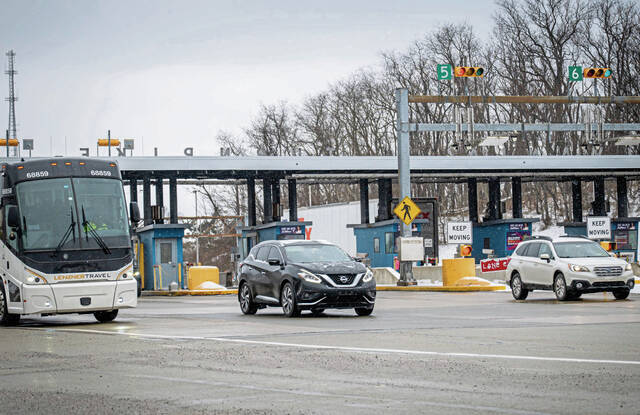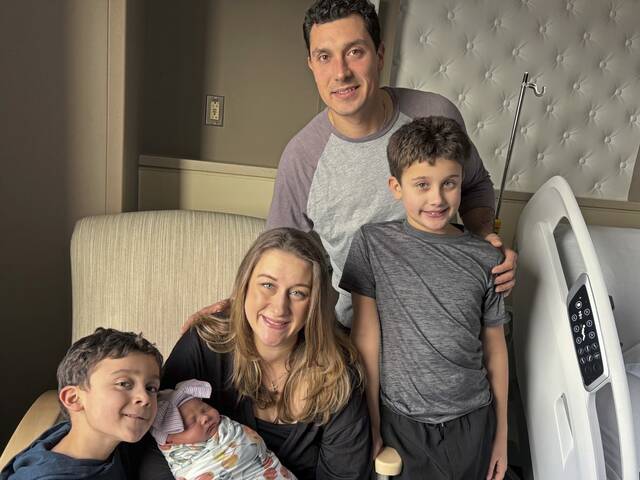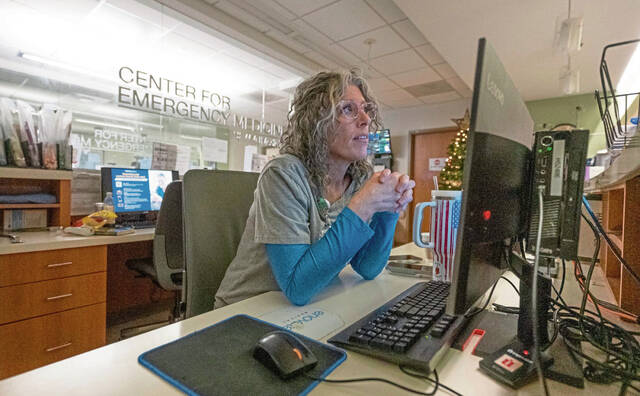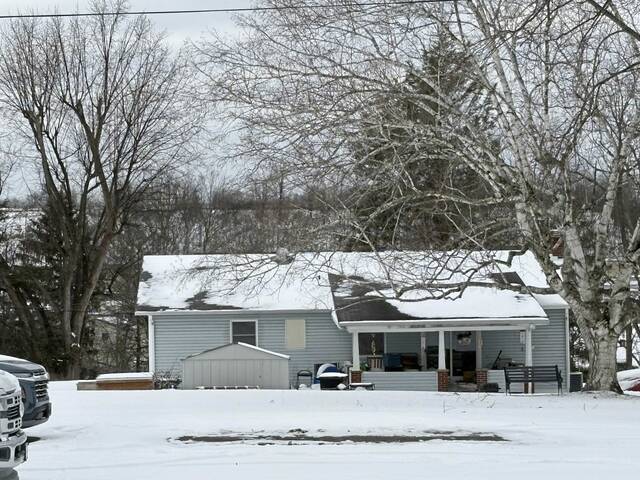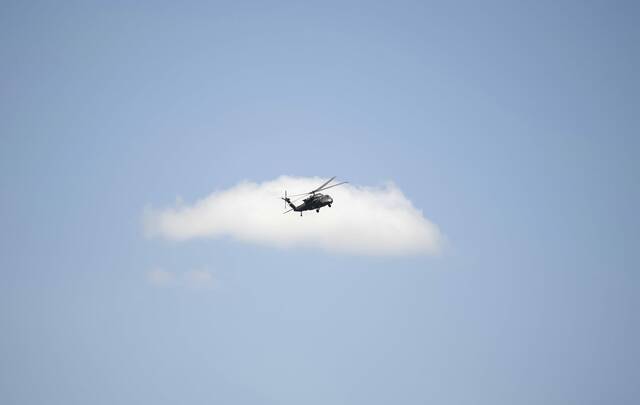Mutual Aid ambulance is hoping to match the success of other emergency medical services in the region as it turns to the communities it serves to boost revenue.
Ken Bacha, director of community outreach, hasn’t seen any checkbooks open yet, but he hopes that providing the municipalities that Mutual Aid covers with information about the service’s operations eventually will be fruitful.
Plum Borough provides $500,000 annually to Plum EMS. Services covering Rostraver and Sewickley say about 75% of the 24 municipalities they serve have pledged support. Officials asked for figures between $5 and $7.50 per resident, but some have given more.
Bacha started 2024 by hitting public meetings across Westmoreland and Fayette counties in an effort to get 32 municipalities to pitch in for the cost of operations.
Mutual Aid is the designated ambulance service for 33 municipalities — 27 in Westmoreland and five in Fayette. Jeannette is the only one that gives it money — $12,000 annually.
“We can’t continue to burn up millions of dollars every year without some type of municipal funding,” Bacha said. “It’s a tough sell, as you can imagine … but they’ve been very receptive. They’ve asked a lot of good questions.”
If Mutual Aid doesn’t start getting municipal support, there might have to be cost-cutting measures, he said. That could mean older ambulances and equipment, longer response times and lower wages for employees.
EMS agencies across the state have sounded the alarm that a solution for sustainable funding is needed in light of low insurance reimbursement rates and other financial difficulties. Several rescue agencies across the state have closed in recent months, including Jeannette EMS, which had operated for 63 years.
Greensburg-based Mutual Aid, a nonprofit, has seen significant annual losses since 2020, according to the organization’s annual tax forms.
It had a $3.1 million deficit in the fiscal year that ended in March 2020, with $18 million in expenses and $14.9 million in revenue. That loss more than doubled to $8.7 million in the following fiscal year, with $23.8 million in expenses and $15.2 million in revenue.
The losses were covered by resources in the agency’s investment portfolio.
Chief Executive Officer Gene Komondor pointed to the drop in call volume during the pandemic as a reason for losses in revenue from previous years. Komondor was hired in April.
“Mutual Aid did not lay off anybody. They maintained the personnel costs without the revenue,” he said.
Also, there were significant investments made to upgrade equipment in 2021 and 2022 that Komondor said had been pushed off for years. That resulted in $4.5 million in costs for ambulances, power stretchers, radios and other items. Wages for employees were increased, and attrition that didn’t affect operations and patient care has helped reduce costs.
Between fiscal years ending in March 2012 and 2019, Mutual Aid’s revenues either were increasing or staying about the same — between $13 million and $16 million. In the same time frame, expenses have risen from $11 million to $14 million.
In 2019, revenue was $16.3 million and, after dropping during the pandemic, it has bounced back to $20.7 million in the fiscal year ending December 2022, when the shortfall was $5.9 million. That’s the most recent tax form available, but Komondor said revenue was $24.3 million at the end of 2023.
“That goes a long way to correct things,” he said.
Funding sources
Part of Bacha’s work has been informing municipal officials about how the agency is funded. One way is through fees for service — an ambulance must transport a patient to be paid by insurance, but that amount rarely is the full cost of the entire trip, he said. That is in addition to any patient co-pay.
Grants are an option. And there’s municipal funding.
“We are tapping into one of those three buckets of money,” Komondor said.
Mutual Aid operates 12 stations and serves a population of 180,000. Five to six vehicles must be replaced annually, and staffers have to be ready around the clock.
“I just really want people to be aware, quality prehospital care comes at a cost,” he said. “We’ll take anything we can get right now.”
Bacha has been explaining all of that, comparing the emergency service to fire and police departments to which municipalities typically already contribute. He’s about halfway through the municipality list, and it’ll likely be several more weeks before he can get to all of them.
Other ambulance services have been successful in getting municipalities they cover to contribute to their costs.
Plum EMS Operations Director Brian Maloney attends monthly borough council meetings to provide statistical reports on the agency’s operations serving 28,000 residents.
“We are able to do so much more for the community because of all the support we get,” he said.
In the past six months, Rostraver/West Newton Emergency Services and Sewickley Township Community Ambulance Service Director of Operations Michael Stangroom said officials have met with all 24 of the municipalities the two agencies cover. Discussions are ongoing with the 25% that have yet to pledge financial support.
The two services cover eight municipalities in Westmoreland and others in Fayette and Washington. Stangroom said they asked municipalities for either $5 per capita or $7.50 if it is home to an ambulance station.
“We are off to an amazing start,” he said.


